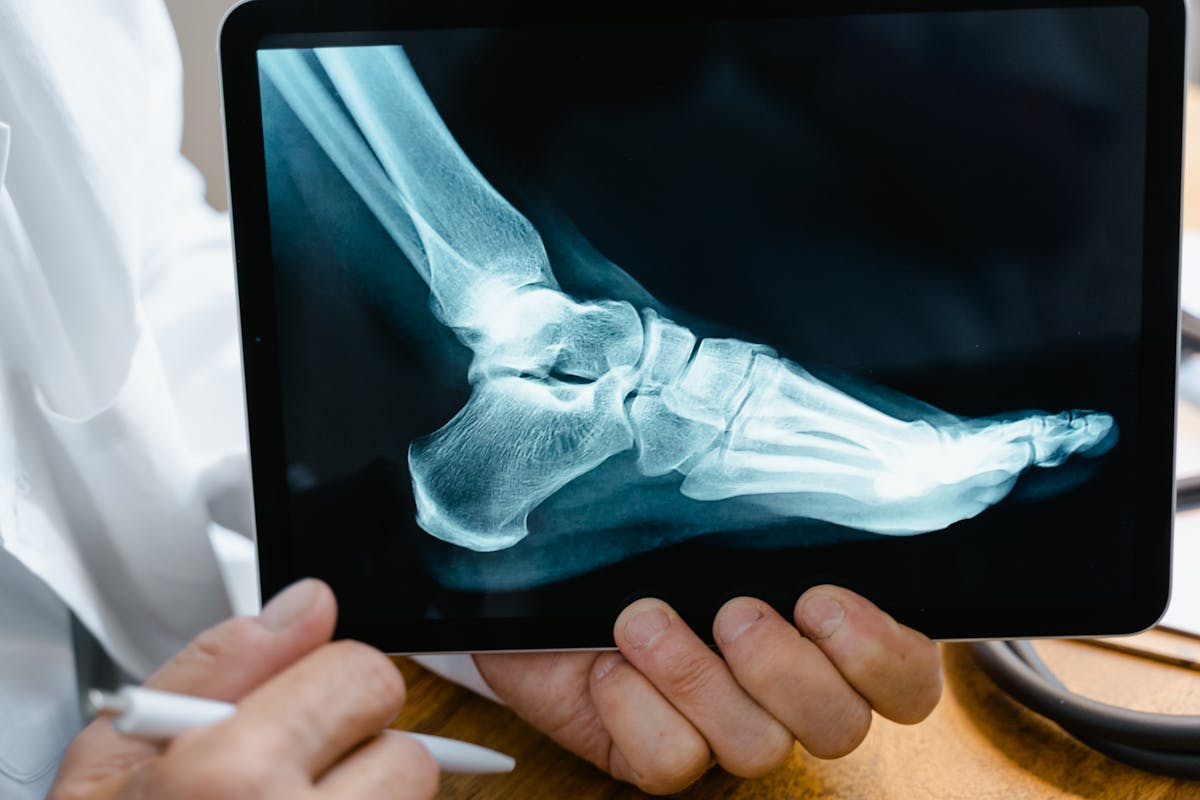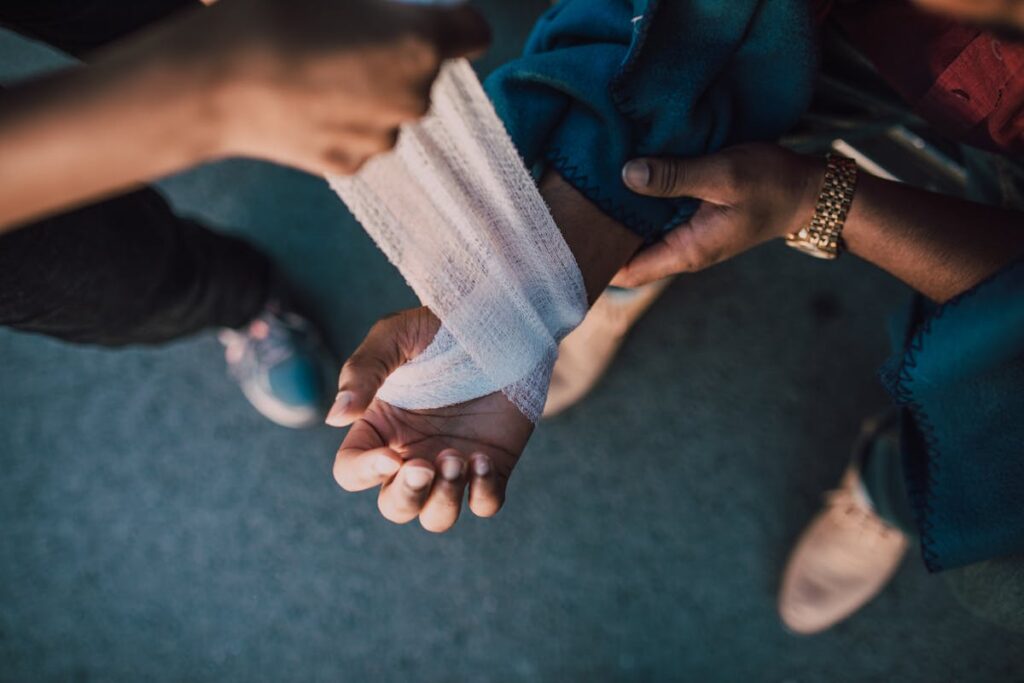Personal injury cases are as diverse as they are prevalent, often stemming from situations where negligence plays a vital role. From car accidents to medical malpractice, these incidents usually involve a breach of duty that leads to harm. Understanding the nuances of these cases is essential for those seeking justice and compensation. Each type presents unique challenges and requires specific legal expertise. What complexities lie within each category? The exploration reveals the depths of accountability and redress.
Car Accidents
When examining personal injury cases, particularly those involving car accidents, it is essential to understand the multifaceted nature of these incidents and the legal implications that follow. Car crash factors such as driver negligence, road conditions, and vehicle malfunctions play a significant role in determining liability. Analyzing these elements requires expertise to accurately assess fault. Moreover, steering through insurance claims is a vital aspect of resolving car accident cases. Insurance companies often scrutinize these claims meticulously, seeking to minimize payouts. Effective legal representation can influence the outcome by ensuring all relevant factors are presented, maximizing the potential compensation for victims. Understanding the intricacies of car accident dynamics and insurance negotiations is imperative for achieving fair settlements and delivering justice to those affected.
Slip and Fall Accidents
Slip and fall accidents, often resulting from common hazards such as wet floors and uneven surfaces, have significant legal implications. Property owners are bound by legal responsibilities to maintain safe environments, and failure to address these hazards can lead to liability claims. Understanding the nuances of these obligations is essential for both claimants and defendants in maneuvering the complexities of personal injury litigation.
Common Slip Hazards
In numerous personal injury cases, slip and fall accidents emerge as a prevalent concern, primarily due to common slip hazards that often go unnoticed. Wet floors, a frequent culprit, can result from spills, leaks, or inadequate cleaning practices. When not promptly addressed, these hazards transform ordinary environments into perilous zones. Equally, uneven surfaces present significant risks. Cracked sidewalks, loose floorboards, and improperly maintained stairways contribute to a deceptive sense of security, heightening the likelihood of accidents. Analyzing these hazards reveals a pattern of negligence and oversight. Property owners and managers must adopt proactive measures to identify and rectify these dangers. Implementing rigorous maintenance protocols and ensuring immediate corrective actions are critical strategies in mitigating slip and fall incidents, enhancing overall safety.
Legal Responsibilities Explained
Understanding legal responsibilities in slip and fall accidents is vital for both plaintiffs and defendants in personal injury cases. Central to these cases are negligence standards, which determine whether a property owner has failed to maintain a safe environment. Plaintiffs must prove that the owner had actual or constructive knowledge of the hazardous condition that caused the fall. Meanwhile, defendants often rely on liability insurance to manage potential financial repercussions. Such insurance can cover legal fees and settlements, providing protection against claims. For a successful claim, establishing a clear breach in the negligence standards is essential, requiring meticulous documentation and evidence. Both parties must navigate these legal intricacies to guarantee fair outcomes, emphasizing the importance of understanding their respective roles and responsibilities.
Medical Malpractice
When evaluating the complexities of medical malpractice, one must consider the intricate relationship between healthcare providers and the standard of care owed to patients. Central to this relationship is patient consent, a fundamental principle ensuring patients are fully informed about the risks and benefits of medical procedures. The absence of informed consent can lead to legal challenges, particularly when surgical errors occur. Such errors, ranging from incorrect incisions to operating on the wrong site, highlight deviations from the accepted standard of medical practice. These failures not only undermine trust but also expose healthcare professionals to litigation. In analyzing medical malpractice, it is crucial to scrutinize how these lapses in judgment and execution breach the duty of care, ultimately impacting patient safety and legal outcomes.

Workplace Injuries
While medical malpractice highlights the complexities of healthcare standards, workplace injuries demand attention to the environments where individuals spend a significant portion of their lives. These injuries are often rooted in occupational hazards, ranging from unsafe machinery to inadequate safety protocols. Employers are legally obligated to mitigate these risks, yet lapses persist. Understanding employee rights is vital; it empowers workers to advocate for safer conditions and seek compensation when injuries occur. Legal recourse for workplace injuries not only addresses immediate harm but also drives systemic changes, emphasizing prevention. Effective regulation and enforcement are essential to fostering safer workplaces. Ultimately, the persistent issue of workplace injuries underscores the need for rigorous safety standards and a robust advocacy for employee well-being.
Product Liability
Product liability is a critical area of law that holds manufacturers, distributors, and retailers accountable for placing defective products into the hands of consumers. This legal domain is essential in safeguarding consumer safety by ensuring that products meet rigorous standards before reaching the market. When a defective product causes harm, the responsible parties can be held liable, providing a necessary recourse for affected individuals. The scrutiny of product designs, manufacturing processes, and labeling practices is pivotal in these cases. Analyzing such failures reveals systemic issues that could pose widespread risks. By enforcing stringent accountability, product liability serves as a deterrent against negligence, ultimately enhancing consumer safety and fostering trust in the marketplace. This legal framework is therefore indispensable in protecting public welfare.
Dog Bites
Dog bites represent a significant aspect of personal injury law, with numerous cases arising each year. These incidents often stem from unpredictable dog behavior, leading to severe injuries and legal disputes. Understanding canine behavior is essential for both prevention and litigation. Experts emphasize the importance of bite prevention strategies, such as public education and responsible pet ownership. By recognizing warning signs and promoting safe interactions, communities can reduce the incidence of bites.
Legally, owners may be held liable if negligence in controlling their pet is demonstrated. This highlights the necessity for robust legal frameworks and informed advocacy. Analyzing existing laws and their enforcement can aid in protecting potential victims while ensuring fair treatment for dog owners. Ultimately, fostering awareness and responsibility is key to mitigating these personal injury cases.
Assault and Battery
Assault and battery, as facets of personal injury law, encompass intentional acts that cause harm or apprehension of harm to another person. Assault involves the threat of harm creating fear, while battery entails actual physical contact causing injury. The repercussions of battery extend beyond physical injuries; they often include significant legal and financial consequences for the perpetrator. Victims may pursue compensation for medical expenses, pain, and suffering. Conversely, defendants may explore assault defenses such as self-defense or lack of intent to mitigate liability. Legal outcomes hinge on the ability to substantiate claims of intent or defensive actions. Understanding the nuances of these claims is essential, as they determine the responsibilities and rights of each party involved in personal injury litigation.
Wrongful Death
When a wrongful death occurs, the legal landscape becomes a critical avenue for holding responsible parties accountable and seeking justice for the bereaved. Wrongful death claims often stem from negligence, where a party’s failure to exercise reasonable care leads to fatal consequences. These cases are not only about attributing liability but also about ensuring that survivor benefits are adequately addressed. Survivor benefits provide financial support to dependents who have lost their primary source of income due to the untimely death. Legal experts play a pivotal role in maneuvering through the complexities of these claims, meticulously analyzing evidence and presenting a compelling case to secure rightful compensation. Ultimately, the pursuit of justice in wrongful death cases underscores society’s commitment to accountability and compassion.
Nursing Home Abuse
How prevalent is nursing home abuse, a distressing reality that demands immediate attention and action? Alarmingly, numerous studies indicate that elder neglect and emotional abuse are widespread, often going unreported. Such abuse not only undermines the dignity of vulnerable individuals but also erodes trust in facilities meant to provide care. An analytical approach reveals that inadequate staffing, poor training, and insufficient oversight are significant contributors to neglect. Emotional abuse, characterized by verbal assaults or isolation, further exacerbates the suffering. Persuasively, it is essential for families and regulators to advocate for stricter enforcement of standards and regular audits. By addressing these systemic issues, society can better protect its elderly population from the injustices of nursing home abuse and guarantee a dignified existence.
Frequently Asked Questions
What Is the Statute of Limitations for Personal Injury Cases?
The statute limits for personal injury cases vary by jurisdiction, typically ranging from one to six years. Legal exceptions may extend or shorten this period based on circumstances such as discovery of harm or minor status of the plaintiff.
How Are Personal Injury Settlements Typically Calculated?
Personal injury settlements are typically calculated using settlement formulas that consider compensation factors such as medical expenses, lost wages, and pain and suffering. These formulas aim to provide a fair monetary resolution reflective of the claimant’s losses.
Can I File a Personal Injury Claim Without a Lawyer?
Filing a personal injury claim without a lawyer involves maneuvering the complex claim filing process alone. Self-representation risks include inadequate compensation and procedural errors. While possible, expert legal guidance often enhances successful outcomes and mitigates potential pitfalls.
What Evidence Is Needed to Support a Personal Injury Claim?
To support a personal injury claim effectively, it is essential to gather thorough evidence such as detailed medical records and credible witness statements. These elements substantiate the injury’s impact and validate the claim’s legitimacy, enhancing the case’s persuasiveness.
How Long Does the Personal Injury Claim Process Usually Take?
The claim duration for personal injury cases varies considerably, often taking months to several years. Analyzing factors like case complexity and negotiation strategies is essential for understanding the resolution timeline, ultimately influencing the claimant’s expectations and decisions.

